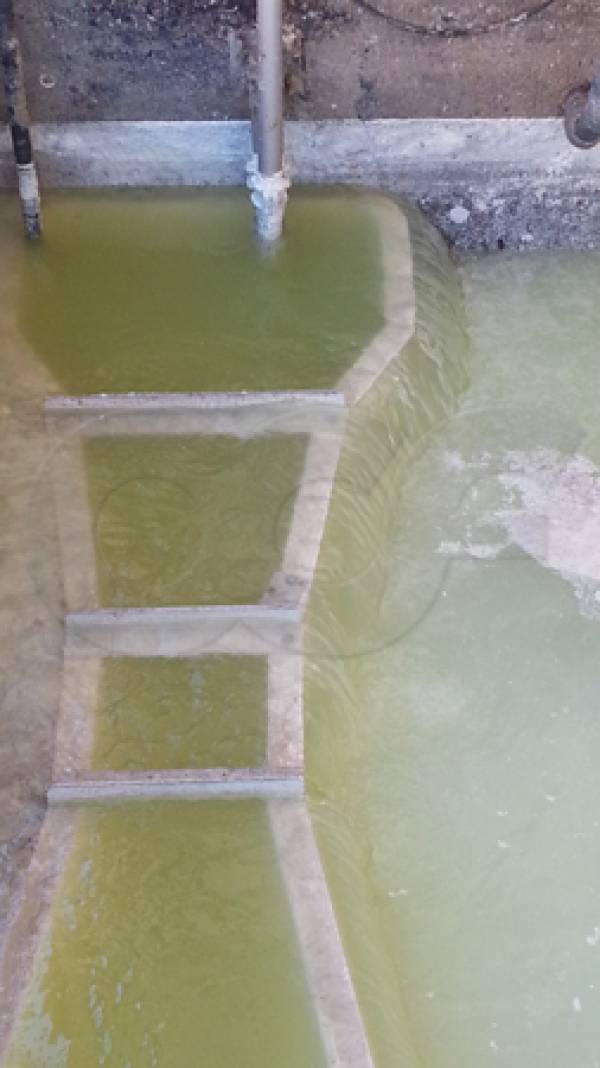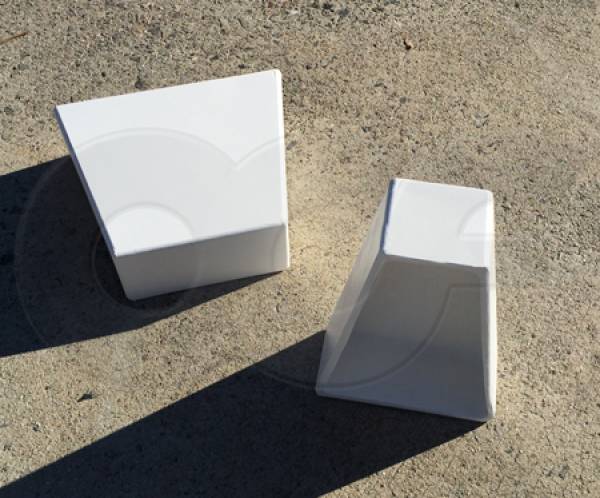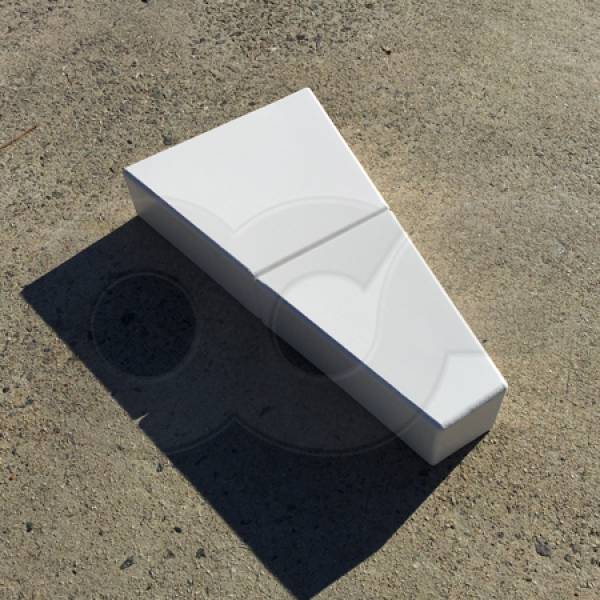This website uses a variety of cookies, which you consent to if you continue to use this site. You can read our Privacy Policy for
details about how these cookies are used, and to grant or withdraw your consent for certain types of cookies.
Parshall Flumes: Free and Submerged Flow
There are two conditions of flow that can occur in a Parshall Flume:
- free-flow
- submerged (drowned) flow
Free Flow
Free-flow occurs in a flume when there is insufficient backwater to reduce the discharge through the flume. The primary advantage of free-flow is that the level only needs to be measured at a single point (the primary point of measurement, Ha, located in the inlet of the flume and upstream of the throat) to calculate the flow rate.
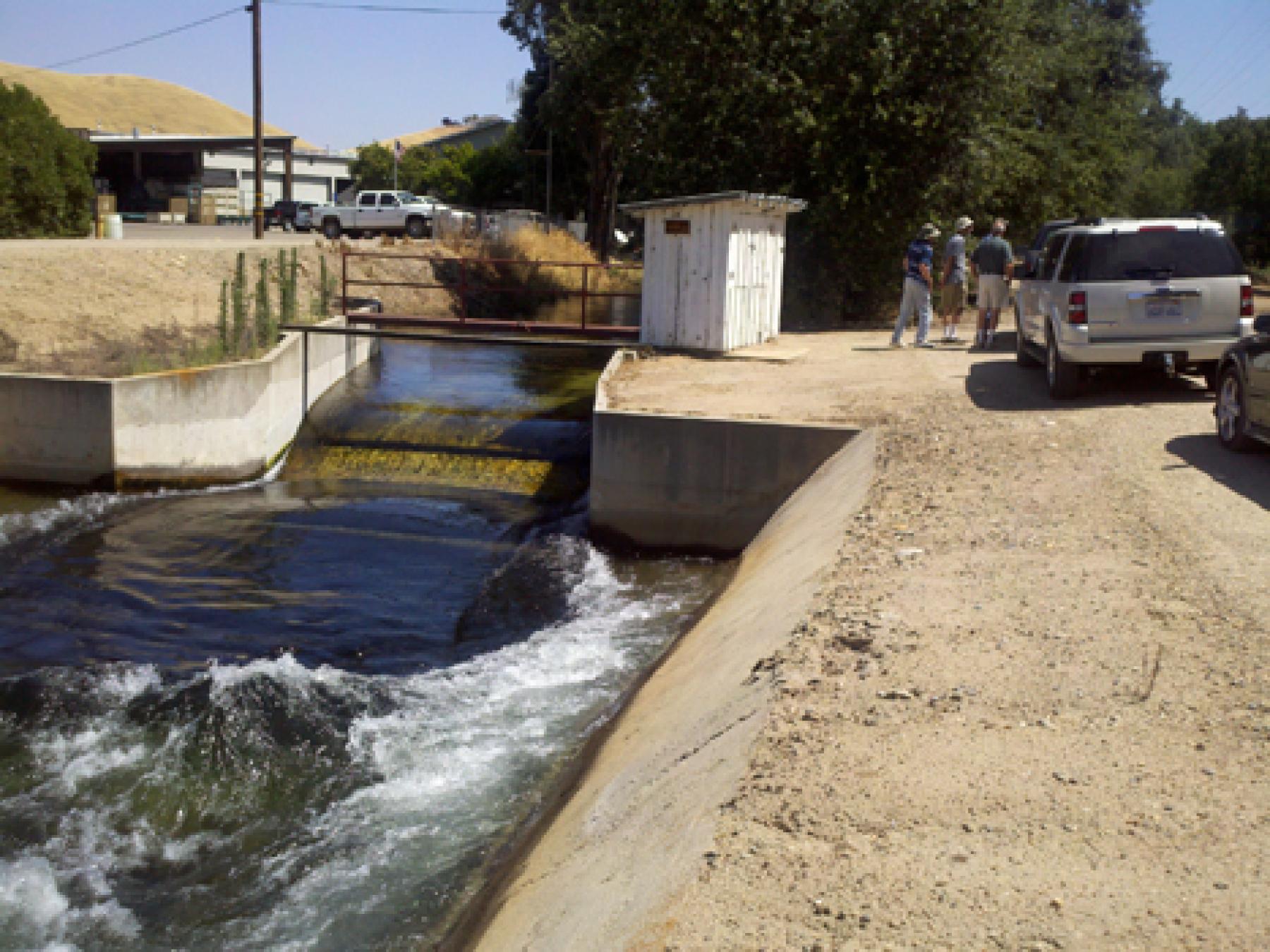
Under free-flow conditions a phenomenon known as the hydraulic jump or “standing wave” occurs downstream from the flume. A hydraulic jump is where the supercritical flow from the throat of the flume meets the sub-critical flow of the downstream water. Formation of the hydraulic jump downstream of the flume is a good visual indication that the flume is operating under free-flow conditions.
Submerged Flow
Submerged (or drowned) flow occurs when the water surface downstream from the flume is high enough to reduce flow through a flume. When the resistance to the flow in the downstream channel is sufficient to reduce the velocity out of the flume, flow depths increase and cause a backwater effect, as water cannot exit the flume quickly enough.
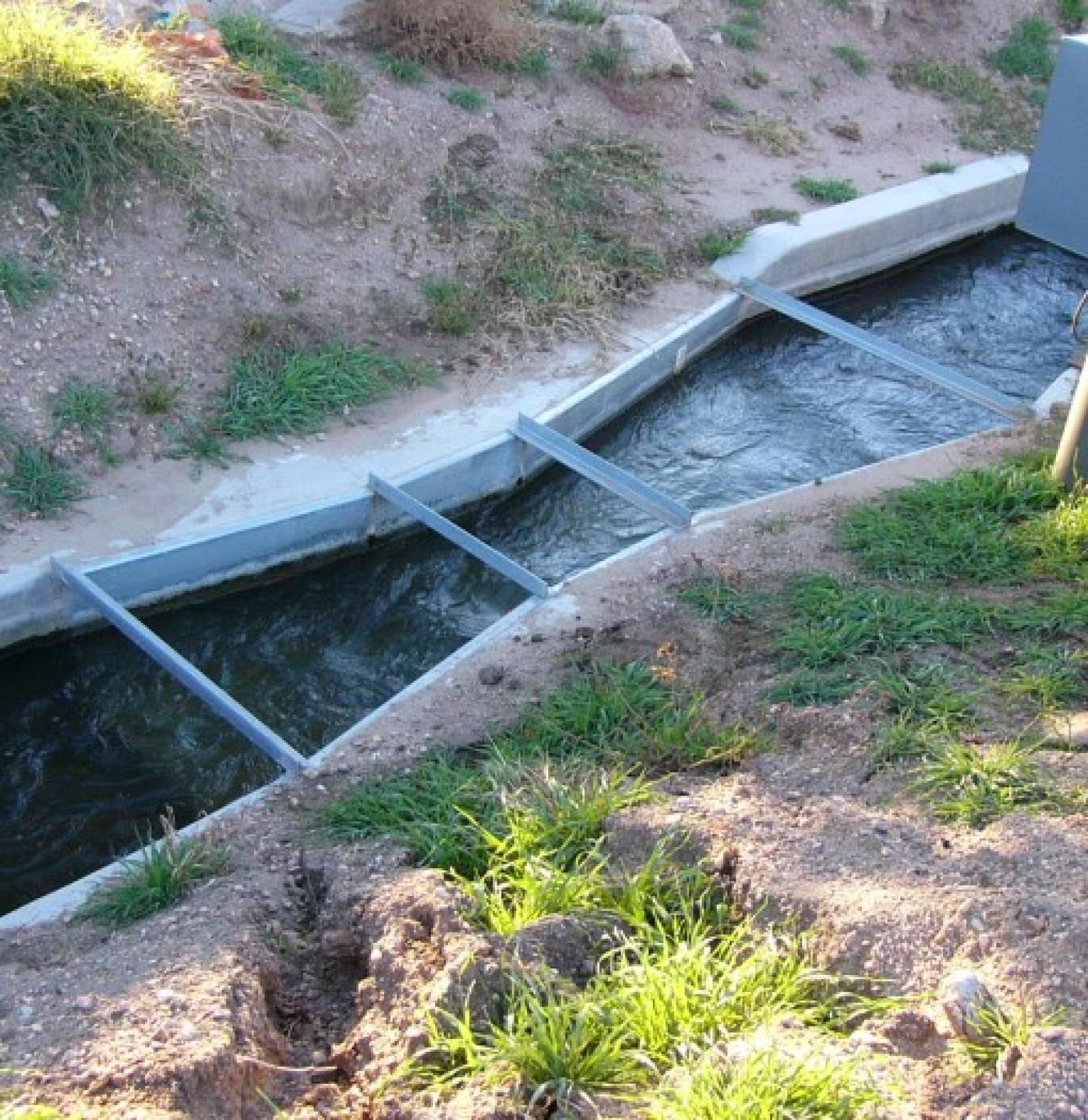
Unlike free-flow, submerged flow requires the measurement of the head at the primary (Ha) and secondary (Hb) points of measurement – Hb occurring in the throat of the flume. The ratio of downstream head to the upstream head, Hb/Ha, expressed as a percentage, is the submergence ratio. Research has shown that the discharge from a Parshall Flume is not reduced until the submergence ratio exceeds a critical value (submergence transition, St).
|
Parshall Flume Submergence Transition (St) |
|
|---|---|
|
Flume Size |
St |
|
1” – 3” |
50% |
|
6”-9” |
60% |
|
1’-8’ |
70% |
|
10’-50’ |
80% |
Below these ratios, free-flow conditions exist. At or above the ratios, submerged flow conditions exist.
Visually, determining the submergence of a Parshall Flume can be difficult. With the secondary point of measurement (Hb) located in the throat – the narrowest part of the flume - it can be hard to accurately read the gauge as the flow is turbulent and can fluctuate quickly. Stilling wells can be useful, but should be used with care on solids laden flows.
What Can Be Done
If submerged flow is suspected there are several options that are available, depending upon the installation and site conditions, including: adjusting the downstream hydraulics, raise the flume, install a false floor (aka magic bottom), upgrade to instrumentation capable of calculating submerged flow.
Submergence in a Parshall Flume occurs due to downstream conditions. Before modifications are made to the flume installation or instrumentation, the downstream conditions should be evaluated and adjusted as necessary. In earthen channels, irrigation ditches, and surface water flows, the downstream channel may be restricted by vegetative growth, sediment, or debris. Clearing out these obstructions may be a relatively solution. Treatment plant installations may downstream vales or gates closed, an unusual amount of flow diverted from another part of the plant, or any number of other conditions present.
In applications where the flume can be repositioned, raising the flume may be an option. Lifting the flume effectively reduces the submergence ratio, but at the expense of additional upstream water levels. Before any adjustment is made verify that the new upstream water level will not overtop the channel bank.
Similar to raising the flume, the effective height of a flume may be increased by installing a false-floor. The replacement floor sits on top of the flume’s original floor and is screwed, bolted, or grouted in place, depending upon the requirement of the site. Note that replacement floors do reduce the top end capacity of the flume and, like raising the entire flume, will raise the upstream water level. Replacement floors also work well for Montana and Cutthroat Flumes.
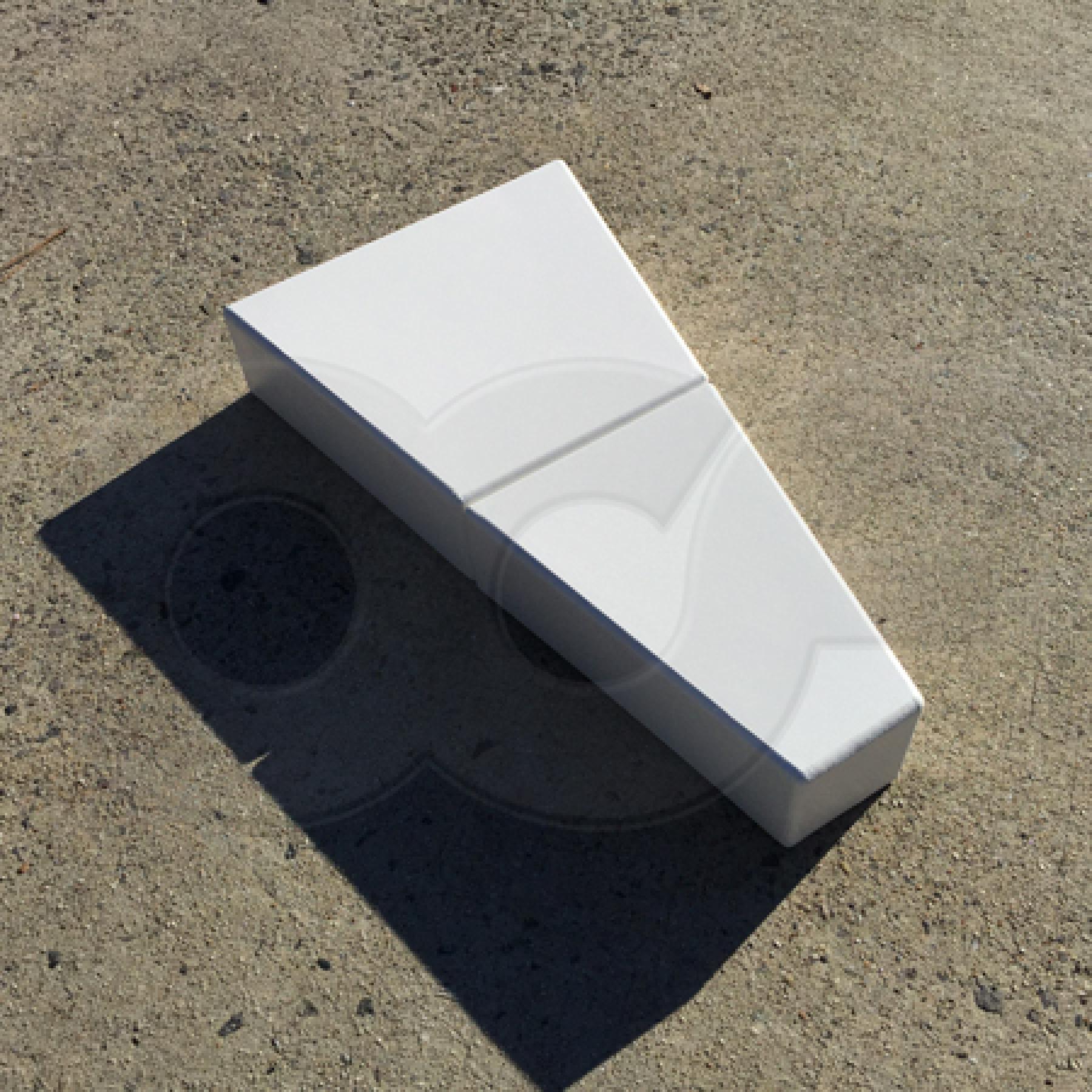
If all else fails, there is a limited selection of instrumentation available on the market capable of calculating submergence in a Parshall flume and applying corrections to the readings. AMTEK Drexelbrook and Khrone offer sister instruments (the USonic-R and OPTISOUND VU31 respectively) that feature two channel input for differential level. Remember, though, that ultrasonic meters are affected by surface turbulence (that that in the throat of a Parshall flume) so accuracy may be compromised.
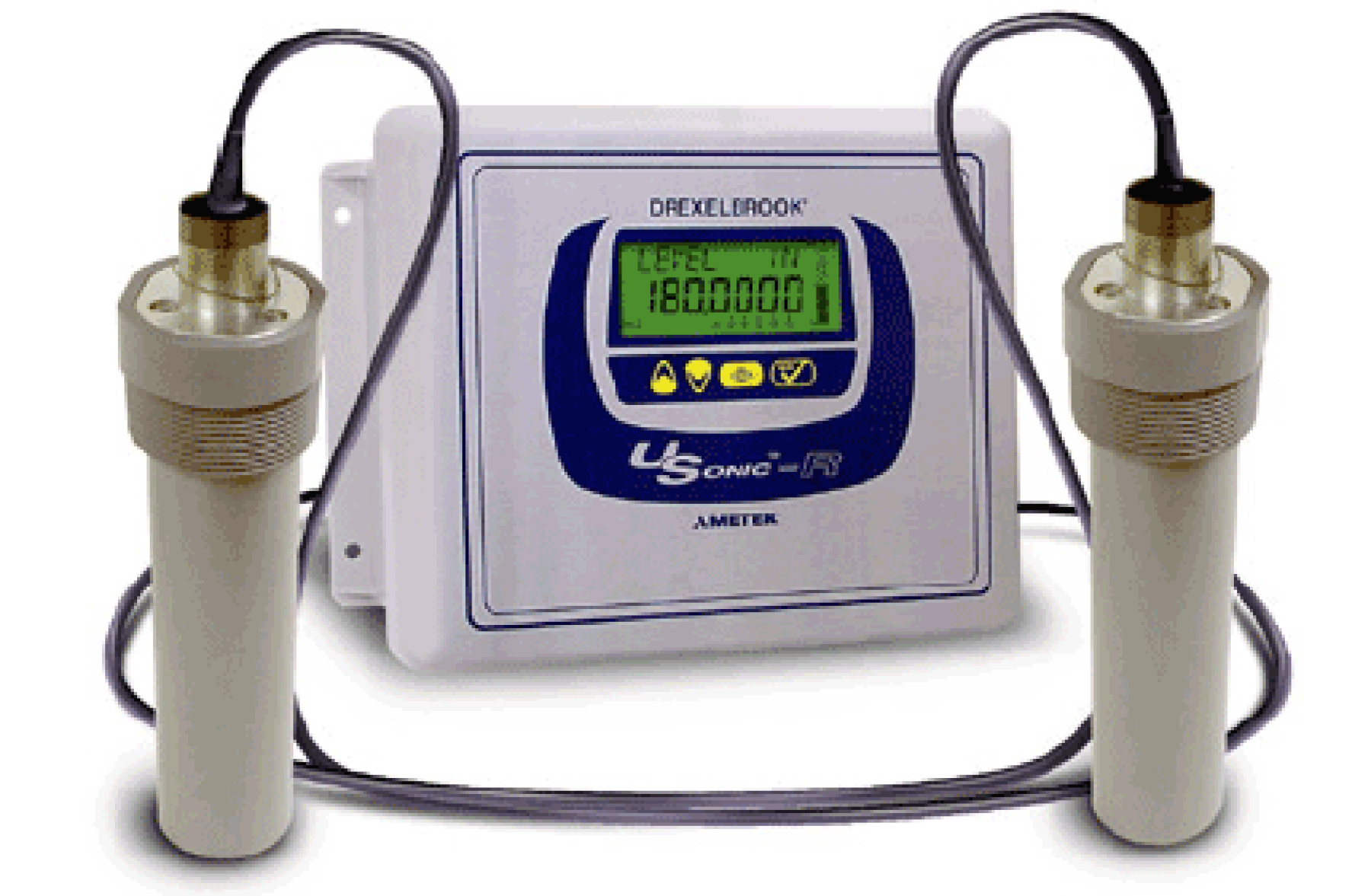
While corrections can be made for submerged flow, the complexity, uncertainty (due to the difficulty of measuring Hb), and increased equipment cost lead Openchannelflow to recommend that Parshall Flume be only installed so that free-flow discharge exists at all time.
Related Blog Posts
Explore more insights in our blog.

LOCATIONS IN ATLANTA, GA & BOISE, ID


